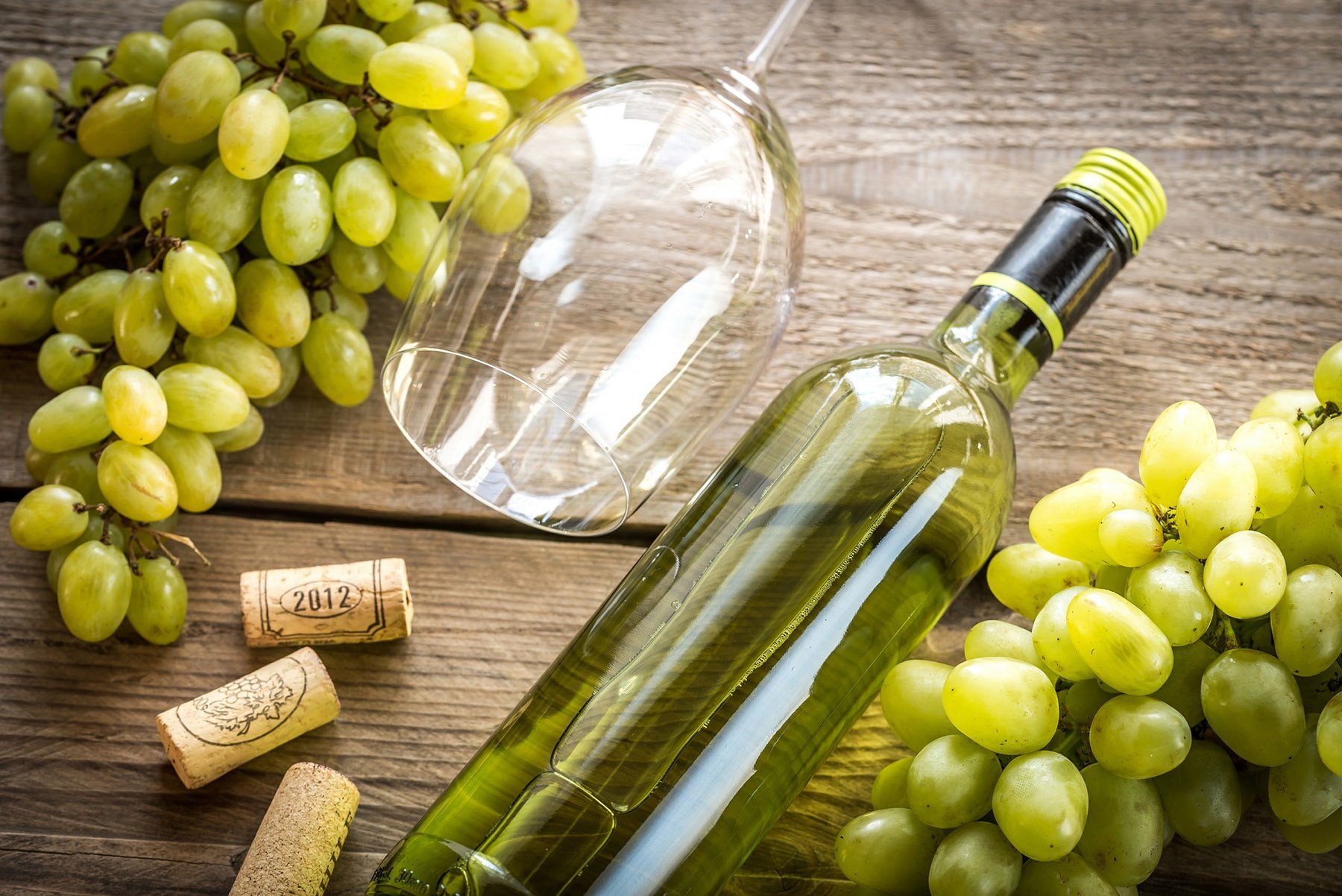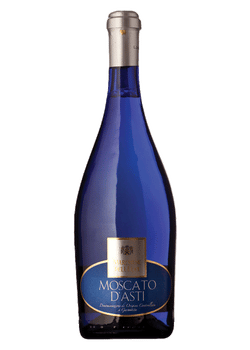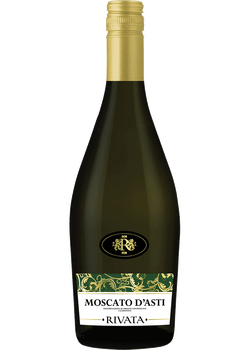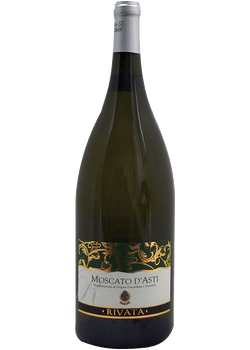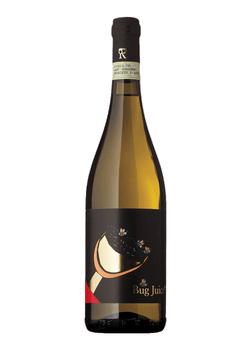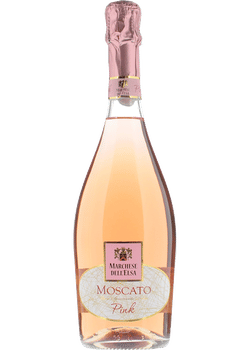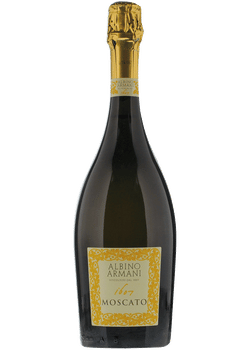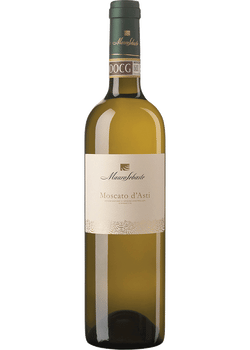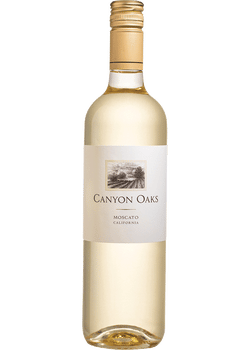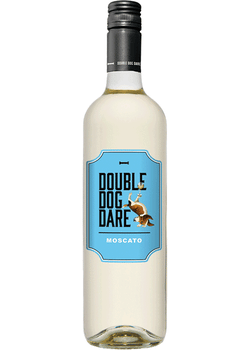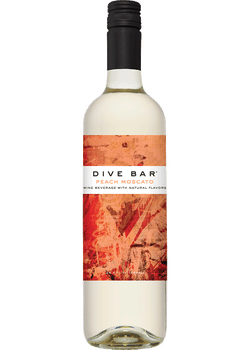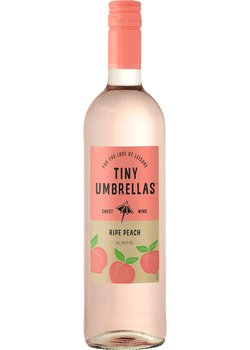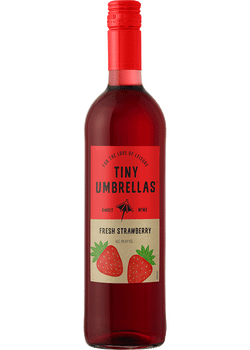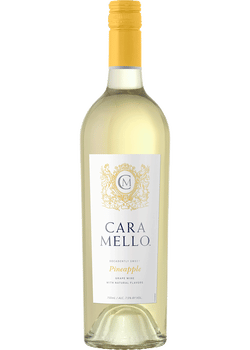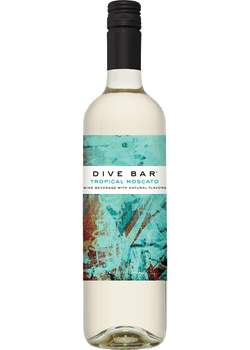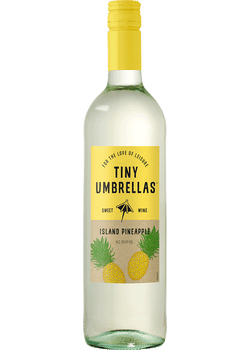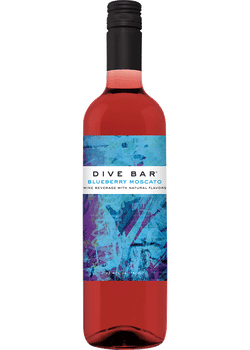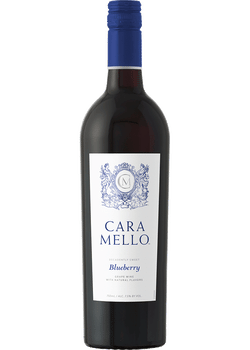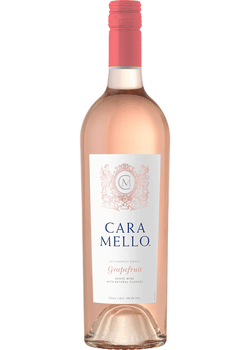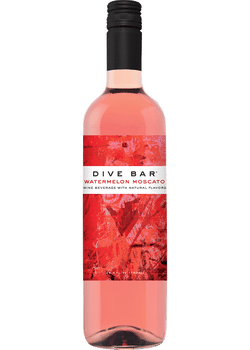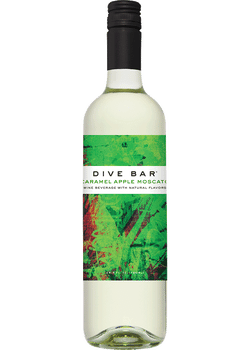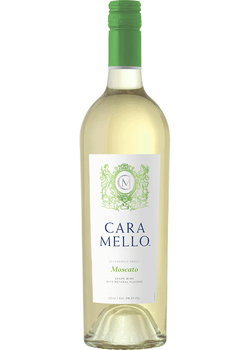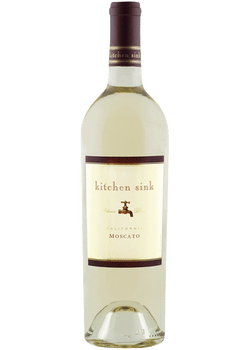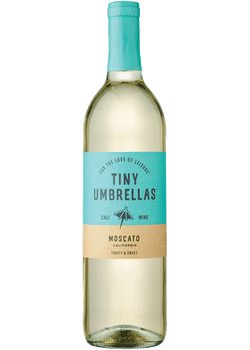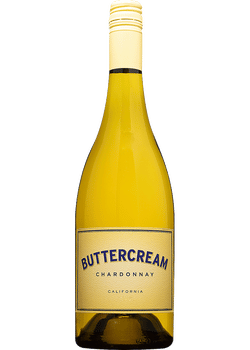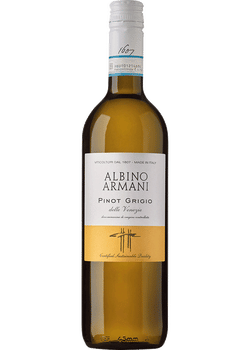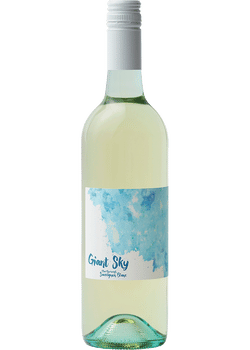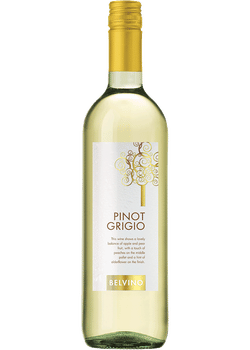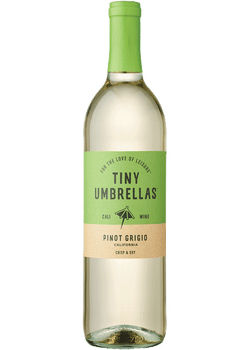What is Moscato/Muscat wine?
The Muscat grape is one of the oldest wine grapes around — a juicy grape with exuberant aromas and flavors of exotic citrus, white peach, green grapes, and golden pear sprinkled with white flowers. Muscat is so old that no one knows its backstory; it’s just been on the global wine scene for thousands of years. Some scientists think Muscat grapes originated in Greece, but others believe it was in the Middle East.
There are more than 200 Muscat grape clones and cousins, including Muscadine, but sparkling Moscato from Italy is the most famous. Moscato exploded around 2009 thanks to its easy-to-love fruity flavors and popularity with celebrities. Once hip hop and rap artists including Nicki Minaj, Drake, Kendrick Lamar, and Lil’ Kim created musical tributes to Moscato, a wine star was born.
Moscato is a low-alcohol gateway wine for many new wine drinkers. But why deny yourself the pleasures of Moscato once you’ve come to appreciate Pinot Noir and Chenin Blanc? Just upgrade your choice to a fine Italian Moscato d’Asti or one of the daring almost-dry Muscats coming from California.
3 Facts to Know About Muscat/Moscato
-
Muscat is the oldest wine grape family in the world.
-
Muscat/Moscato is the only wine that taste like fresh grapes.
-
There are more than 200 kinds of Muscat grape cultivated around the world.
Color

Tasting profile
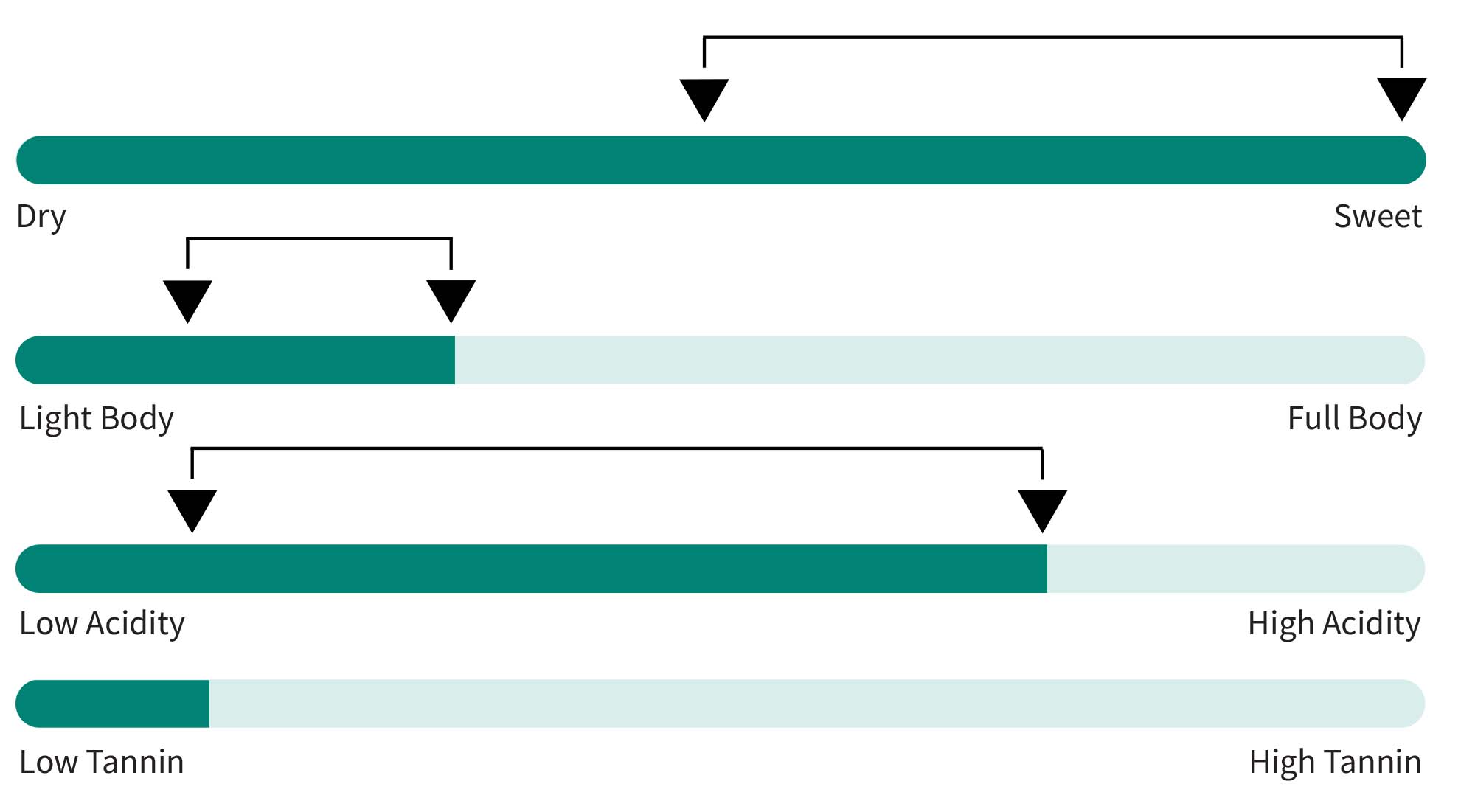
Grapes in the Muscat grapes family are almost always made into sweet wines. They range from fortified Muscat dessert wines in France and Greece to slightly fizzy Muscat Canelli made in Texas to California’s heady Orange Muscat wines with orange blossoms layered over fruit cocktail. There’s even a rare purple Black Muscat that makes wines that taste like ripe blackberry and sweet cherry.
But the showstopper is Moscato d’Asti, the sweet, gently sparkling wine from Italy’s Piedmont region. And when Moscato d’Asti and the rosé-all-day trends met, they had a love child called Pink Moscato. The delectable pink and fizzy wine blends regular Moscato and a splash of Merlot, adding berry notes to Moscato’s citrus, tropical, and stone fruit mix.
While some dry Muscat wines are made in California, Italy, and Australia, those are outliers.
Primary Muscat flavors
![]()
While Muscat can be made into a dry wine, it’s surprisingly acidic with just a hint of its lush flavor potential. But with even a little sweetness, Moscato’s inherent aromatics blossom. Most Muscat and Moscato wines offer playful aromas and flavors of exotic citrus, white peach, green plum, ripe grape, and golden pear mixed with honeysuckle and a hint of fresh nutmeg. Some high-end DOC and DOCG Moscato d’Asti wines have a dry mineral note on the finish, almost like a reminder that this joyful wine can be serious.
Key Moscato/Muscat winemaking regions
Muscat is one of the oldest wine grapes globally, with more than 200 different grape cousins called clones. Muscat lovers have planted this delicious grape worldwide, so you’ll find Moscato and other Muscat family grapes on every continent and wine country.
Italy
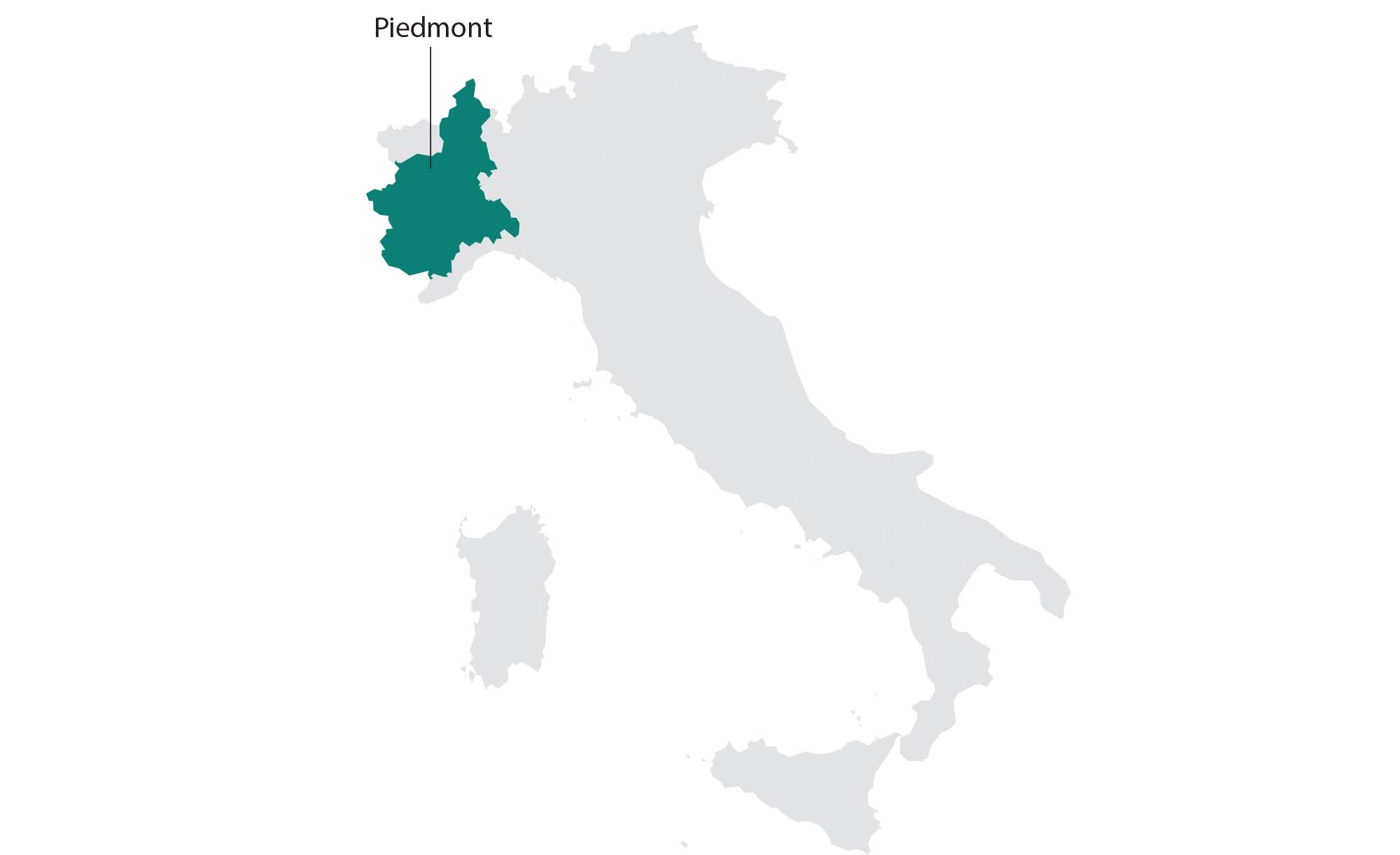
Muscat vines are part of the landscape in every corner of Italy. It’s made into dry, sweet, and sparkling wines, plus the grape Brandy called Grappa. And it’s a traditional way to end a meal, and part of holiday celebrations, especially in the north around Piedmont. Some of the most beloved gently sparkling or frizzante wines are based on Muscat Canelli. Moscato d’Asti with the DOC or DOCG quality designations are the queens of Muscat wines. The best have a sheer and dreamy quality with tropical fruits, candied citrus, and honeysuckle, leaving you wanting one more sip.
Sweet & Fresh Italian Moscato
France

Muscat de Rivesaltes from Languedoc-Roussillon, is the major Muscat wine in France. a vivacious sweet wine with flavors of apricot, mango, peach, honey, and mint. It’s a blend of Muscat Blanc a Petits Grains and Muscat d'Alexandrie. And Clairette de Die is an aromatic Rhône sparkling wine made from a mix of Muscat Blanc a Petits Grains and Clairette grapes that tastes like pear and peach.
United States
Muscat wines are made all over the US, in Texas, Virginia, and Missouri. But the majority comes from California, where early Italian immigrants planted Moscato vines. Robert Mondavi winery is famous for its reds, but the Moscato d’Oro is one of their top sellers. Quady’s Red Electra Muscat blends Black and Orange Muscat grapes into a unique wine with pomegranate and berry flavors. California Moscatos are often slightly fizzy with juicy stone fruit notes, zesty citrus, and tangy acidity.
Peach, Tropical & Fruity Moscato
Australia

Muscat a Petits Grains makes a lightly sparkling (called spritzig here) sweet wine that tastes like peach, citrus, and flowers. It’s made in the warmer regions of Australia, including Barossa Valley, Hunter Valley, and Riverland in South Australia.
Other regions
Muscat wines are also made in Spain and Portugal, where it’s called Moscatel, and Greece.
Moscato and Muscat food pairings
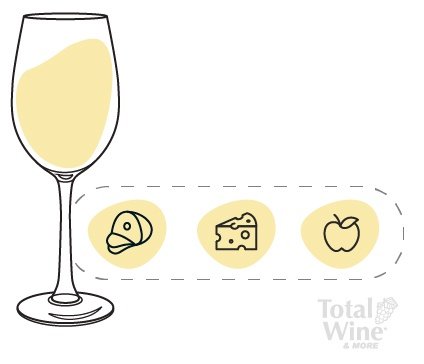
Moscato is surprisingly versatile as a pairing wine. Its balanced combination of fruitiness, acidity, and sweetness complements a range of foods. You’ll love the way Moscato tames anything spicy, from Thai red curry and Singapore chili crab to kung pao chicken or Cajun-style catfish. And, of course, you won’t go wrong with classic sweet wine pairings like blue cheese and foie gras.
Muscat is a perfect partner with pork of all kinds, including bacon, ham, and roasted pork. Quiche Lorraine or a ham and cheese croissant with Moscato is life-changing. You’ll also love the way Muscat wines compliment fruit salads, fruit tarts, and pies.
Muscat wines pair well with a variety of foods from spicy to sweet. When pairing with sweet dishes, just make sure your wine is sweeter than your dessert.
How to store, serve, & enjoy Moscato
Serve your Moscato or Muscat wine slightly chilled, at 60° to 70° Fahrenheit. You won’t smell as much of its delicious fruit cocktail aromas if it's too cold. Instead, chill your Moscato by popping it in the refrigerator or an ice bucket 20 minutes before serving.
Enjoy Moscato from a tulip-shaped flute or a white wine glass so you can get the whole aromatic experience.
Leftover Moscato is a rarity, but if you don’t finish your bottle of Moscato, seal it with a cork or a wine stopper. Or, you can just screw the cap back on tightly, as many come with a screw cap. The air inside the bottle changes the wine’s flavor, so it’s a good idea to drink it the next day.
If you’re even more delighted with Moscato than before and want to learn more about sweet and sparkling wines, look up our Sparkling Wine Guide or Dessert Wine Guide.

